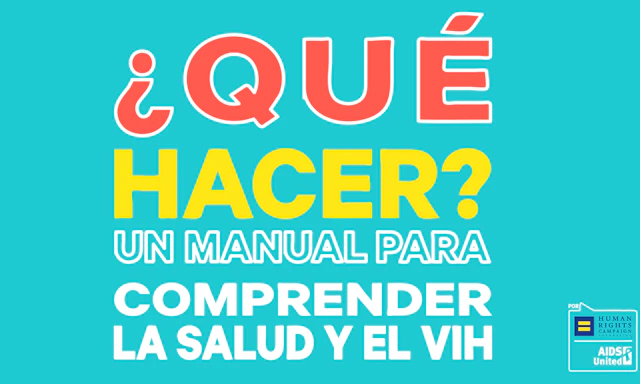
Cookies in use
Understanding Native LGBTQ+ Identities

Written in partnership with American Indian College Fund.
Many Native American tribes have terms and traditions within their cultures that recognize a diverse range of sexual orientations and gender identities. The tragic history of colonialism threatened to wipe out many of these traditions, but in recent decades, LGBTQ+ Native Americans have reclaimed their important cultural and spiritual roles. This guide explores Native LGBTQ+ identities, their rich history, and contemporary issues faced by LGBTQ+ Native Americans.
What are Some Native-Specific LGBTQ+ Identities?
Historically, LGBTQ+ Native Americans used terms for gender-related social roles unique to their specific tribe and tribal language. For example, ninauh-oskitsi-pahpyaki is a Blackfoot identity which translates to “manly hearted woman,” and winkte is a Lakota word meaning “wants to be like a woman.” Navajo culture has traditionally recognized a spectrum of genders, including Asdzáán (woman), Hastiin (man), Náhleeh (feminine man), Dilbaa (masculine woman), Nádleeh Asdzaa (lesbian), and Nádleeh Hastii (gay man). For many tribes, people were historically defined more by their roles in relation to their partner and their tribe, and viewing people as simply male or female was an idea first introduced by colonists.
For many Native cultures, those with gender roles besides simply male or female held a valuable place in their tribe. According to the Indian Health Service, many were expert craftspeople, serving as potters, basket weavers, and leatherworkers. Some held special religious roles, serving as “healers, shamans, and ceremonial leaders.” Many also engaged in queer relationships, and in some tribes were “believed to be lucky in love, and able to bestow this luck on others.” Recognizing this history is important to many LGBTQ+ Native Americans who wish to push back against contemporary homophobia and transphobia.
Beside traditional tribal identity labels, many LGBTQ+ Native Americans describe themselves as gay, lesbian, bisexual, transgender or other identity labels used by the wider LGBTQ+ community.
What About Two-Spirit?
In 1990, Fisher River Cree Elder Myra Laramee coined two-spirit, a modern pan-Native term that encompasses a multitude of identities and experiences unique to LGBTQ+ Native Americans. The creation of the term two-spirit was intended to emphasize the importance of Native identity in LGBTQ+ spaces and to replace offensive labels applied to LGBTQ+ Native Americans by colonialism.
The disruptions caused by conquest and disease, together with the efforts of missionaries, government agents, boarding schools, and white settlers resulted in the loss of many traditions in Native communities. Two-spirit roles, in particular, were singled out for condemnation, interference, and many times violence. As a result, two-spirit traditions and practices went underground or disappeared in many tribes.”
Two-spirit people may use the term to describe their gender identity, their sexual orientation, or both, and may also use it to highlight their connection with cultural and spiritual traditions. The term has a wide variety of meanings, and many two-spirit people have personal definitions that they feel best fit their identities and experiences. It is important to note that two-spirit is an identity exclusive to Native Americans in recognition of Native culture and history, and the important process of reclamation after colonialism.

Geo Neptune (They/She/He)
Geo Neptune is a Passamaquoddy two-spirit activist, educator, drag artist and master basket weaver. In 2020, they were elected to the Passamaquoddy Indian Township Reservation school board and became the first openly transgender elected official in Maine. They explained the meaning of two-spirit in a video for Them.

Representative Sharice Davids (She/Her)
Sharice Davids has served as the representative of Kansas’ Third Congressional District since 2019. She is a member of the Ho-Chunk Nation and is a lawyer and former mixed martial artist. She also worked in community and economic development on Native American reservations and was a White House Fellow for the Department of Transportation.

Sean Snyder (They/Them) and Adrian Stevens (He/Him)
Sean Snyder, who is a member of the Navajo Nation and a descendent of the Southern Ute tribe, and Adrian Stevens, who is from the Northern Ute, Shoshone-Bannock, and San Carlos Apache tribes, are a two-spirit dancing couple who have participated in powwows across the U.S. and Canada where they have earned several championship titles. In 2017, they were disqualified from dancing in the couples category at a powwow in California when the organizers refused to recognize LGBTQ+ participants. However, they turned their negative experience into advocacy and told their story at HRC’s Time to Thrive conference the following year.

Learn More About LGBTQ+ Native Americans
The depth and evolution of Native LGBTQ+ culture is a powerful example of resilience in the face of intersectional oppressions. By embracing their culture, LGBTQ+ Native Americans assert their value within their communities, draw attention to how they were valued in the past, and ensure they will be valued in the future.
To learn more about how you can support the Native American community, visit American Indian College Fund.
Additional Resources
- Native Ways Federation
- Paths (Re)Membered Project
- National Congress of American Indians
- HRC - Two Spirit and LGBTQ+ Identities: Today and Centuries Ago
- HRC - United Resilience: Fighting for Two-Spirit and LGBTQ+ Communities
- GLSEN – Native American Heritage Month Timeline
- Two-Spirit: Conversations with Young Two-Spirit, Trans and Queer Indigenous People in Toronto
- Topics:
- Allies
- Communities of Color
- Research
Love conquers hate.


